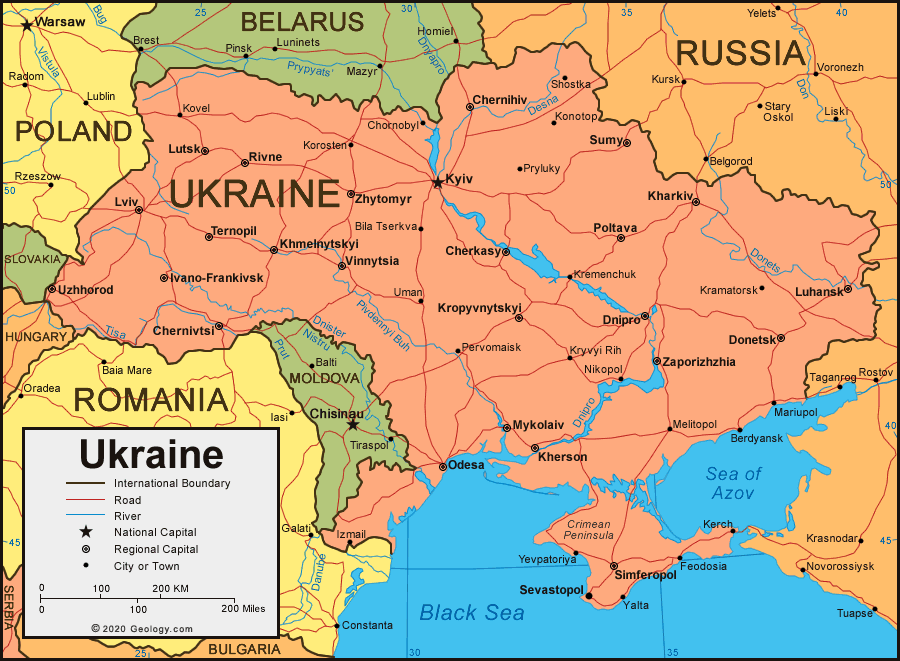and meets a couple of 'Kasım Turks', from the Russian
city of Kasımov, who run sundry stand franchises in
the big train stations in both cities and elsewhere.//

For seven or eight years, my eyes have gotten used to color and
delicacy (in Istanbul) but all of a sudden I'm faced with blackness,
broadness and thickness. Here in Odessa everyone moves quickly but
as if they're in mourning, wearing black from head to toe - black hats,
black shirts, black belts, black pants. The avenues are broad but the
structures are thick, fortress-like. Quite a different kind of architecture.
Elegance is in short supply, whereas firmness is everywhere. It's clear
that these people plan to live here for a very long time.
Toward evening I came to the railroad station, which was two or three
times the size of Sirkeci station in Istanbul and filled to the brim with
travelers. I looked around and saw the fourth-class waiting room, where
the passengers were black, poor and smelly, as were their piled-up
belongings. The third-class passengers were middle class. In the first
and second-class hall, though, there was a marvelous restaurant, better
than any in Istanbul, with a well-to-do clientele enjoying themselves.
I bought a newspaper and sat down to read it. A fellow in Russian
clothes came up to me and said "Sir, you've come from Istanbul, right?"
I soon came to know that this fellow was the manager of the station's
first and second-class waiting halls and a Moslem Kasım Turk (Turks
from the Russian city of Kasımov). He was anxious to hear about
Istanbul and we became fast friends.
In Russia, the train stations in big cities are little cities unto themselves,
with all the amenities available at the sundry stands, which are rented
out at high cost to managers. The Kasım Turks have cornered this
sundry stand management sector to the extent that it is difficult for
any other group to compete with them. Lately,management of the
trains' dining cars have begun to fall into their hands, too.

Kharkiv in 1910.
My train left Odessa at night and ran at full speed the entire next day,
so we arrived in Kharkiv in the evening. The Kharkiv station was even
bigger, more orderly and more decorative than the one in Odessa. In
the morning, a few of us went out to tour the city and noticed right
away that only a few signs were written in Latin letters, whereas in
Odessa most were, indicating that trade here is mostly in Russian
hands.
Returning to the train station, a smiling fellow there asked to chat until
my trian was to leave. He was yet another Kasım Turk, managing the
Kharkiv station's stands, along with those at two other stations. He had
found out that I was well-versed in 'fıkh' (Islamıc canonical law) and
wondered what I thought about he and his Moslem workers having to
sell to Russians meats and alcohol that Moslems cannot buy.
He noted that he had discussed this with the late Cemaleddin Afghani in
St. Petersburg and been assured that selling such items was not harmful
to Moslems. With his ample earnings, this fellow had had a school and
a mosque built in Kharkiv and in 'Han Kerman', the name the Moslem
residents call the city of Kasımov, he had built a fine library and
reading coffeehouse. He worried that if his trade was deemed to be
canonically impermissible, then the Moslems running the stands in
Russia's biggest train terminals would have to abandon the trade and
a sizeable source of wealth would be lost by Moslems.

Kharkiv is at upper right, near the border with Russia.
//END of PART II//

Hiç yorum yok:
Yorum Gönder